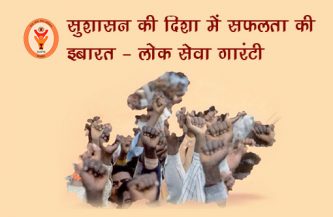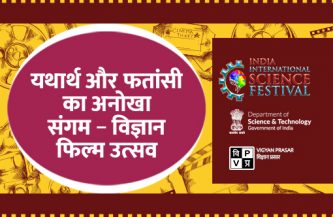Unbundling Prime Minister’s Ideas

Prime Minister Modi during his Civil Service address on 21 April 2017 focused on five ideas – pursuit of excellence, ‘anamika’, burden of experiences, out-of-box thinking and focus on outcomes. The book, Hourglass Management Paradigm: Pathway to Excellence in Leadership (Bloomsbury 2014), also propagates similar ideas. Let us see what the hourglass paradigm says about these ideas.
The book starts by describing the idea of excellence. Arete in Greek mythology is synonymous with excellence and develops by blending experience with knowledge. Excellence comes from a lifetime of deliberate practice of implementing programmes and policies in which administrators learn to bridge performance and opportunity gaps. Learning to bridge the performance gap means to know where an administrator is and where she should be and leads to achievement of goals again and again. Learning to bridge the opportunity gap means to know where an administrator is and where she could be and leads to out-of-box decision making.

The book also describes and explains PM’s idea of burden of experience. Generally, administrators use their knowhow to decide. Knowhow is the capacity to perform tasks to achieve goals. Knowhow is tacit or resides in the brain of the administrators and develops slowly over a long period of time as given below. During their career, administrators build up a storehouse of experiences, mainly on the job. In turn, they use these experiences as starting points to decide in familiar or new decision-making situations. This is also called learning by doing. Over time administrators start to depend inordinately on their repertoire of experiences for decision making without adequate reflection. This leads to jaded, recycled decisions. The problem is compounded because knowledge being tacit, administrators are unaware of this overdependence on their repertoire of experiences. Another negative effect of this ‘inside view’ is that the tacit experiences become a “breeding ground of all biases” and administrators subconsciously give more weight to facts that are backed by their own experiences. The most common biases are – confirmation, risk aversion, self-confidence, and loss aversion – to name a few from over 100 documented cognitive biases. This is the burden of experience.

As opposed to learning by doing alone, performance improvement is greater when learning by doing is coupled with reflection or the “intentional attempt to synthesize, abstract and articulate the key lessons taught by experience”. This sort of reflection is possible if administrators learn to connect the right experience (practice) with the right knowledge. Typically, administrators are unable to connect ‘which knowledge’ to ‘what kind of practice’ and this leads to the common complaint that theories and concepts are not useful in real life settings. When right knowledge is applied to the right experience, then knowledge either forms the experience or transforms the existing experience. Such a transformation in experience enables administrators to innovate. Let us see how this happens.

A key requirement for innovation and improvement is “associational thinking” the process of connecting fields, ideas and problems, till now thought to be unrelated. By inserting the right theory between administrators and their experience, direct or mediated; enables them “to intuitively recognize patterns and use the insights to make inductive predictions both vertically within categories and horizontally across categories”. This is innovation. Another positive effect of learning to apply the right theory to right experiences is that, theory tells us what works, what does not, and under what conditions. Learning to apply the right theory to the right practice will enable administrators to understand why they are stuck during the implementation of policies and how to move ahead.

Finally, findings in the book support the idea of anamika. Anamika in its broadest form is to achieve excellence, anonymously. The learning from the book is that in the long-run, career planning does not really matter, what is required is constant practice of excellence and the dots (experiences both direct and mediated) join to create the most wonderful story of life in hindsight.
(Author is a civil servant. Views are personal)





